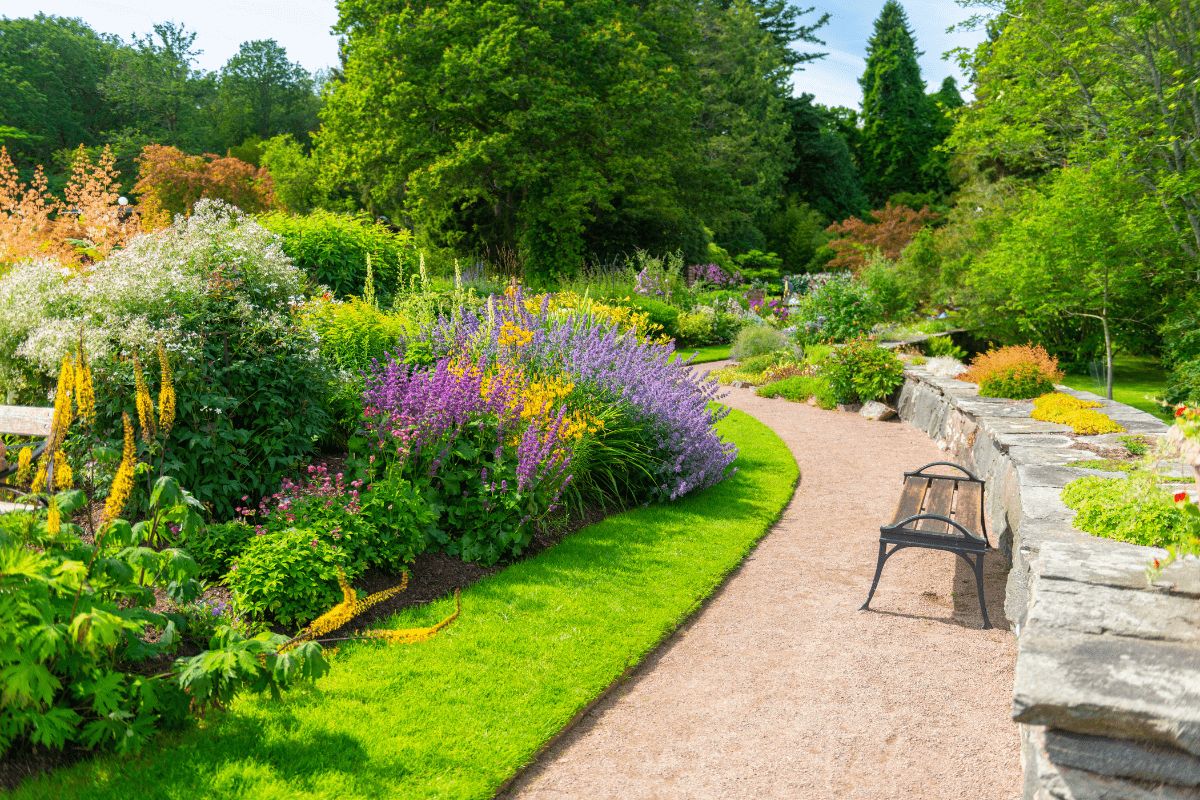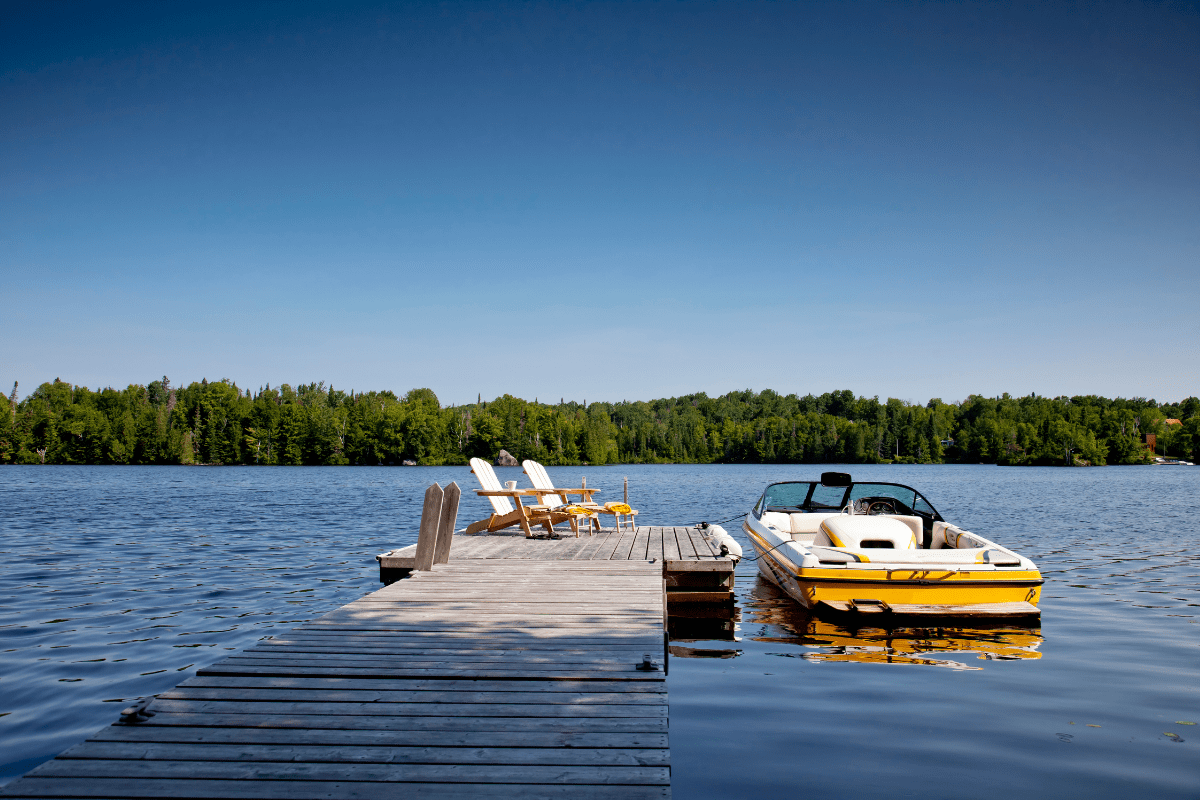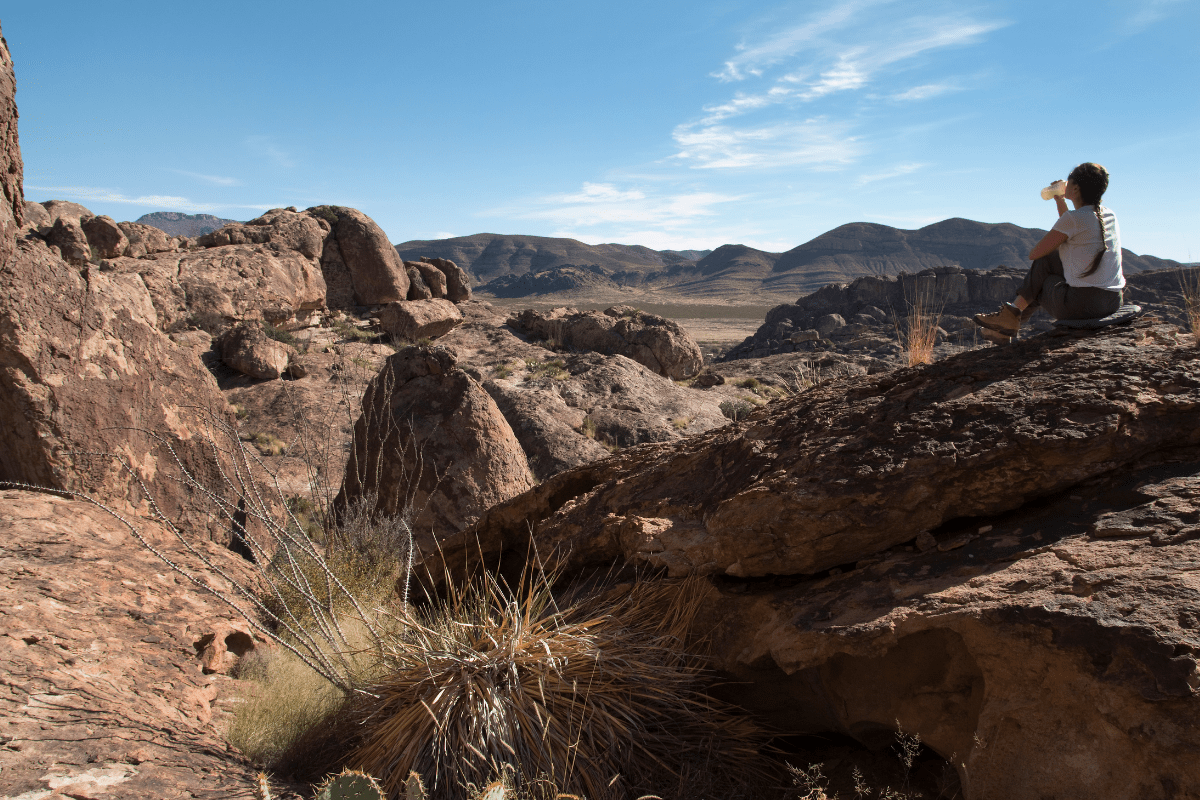Texas does everything on a grand scale, and its botanical gardens are no exception. From desert landscapes that'll make you reconsider your definition of "garden" to tropical conservatories where you'll forget you're in the Lone Star State, these living museums showcase plant diversity across dramatically different climate zones while somehow all dealing with the same universal Texas truth: it's really, really hot here.
The surprising economics of pretty plants
You might think botanical gardens are just nice places to take Instagram photos (and they are), but they're actually economic powerhouses. Texas botanical gardens collectively generate over $432 million in revenue while preserving 448 rare plant species. That's a lot of green generating a lot of green.
These 12 major botanical destinations aren't just pretty faces in Texas's tourism landscape. They're part of a $100 billion industry that keeps 1.3 million Texans employed. Who knew that maintaining rose gardens and teaching kids about photosynthesis could pack such an economic punch?
The numbers get even more impressive when you zoom in on individual cities. Dallas tourism, which includes its world-famous arboretum, generates $626 million in taxes annually. That's enough to fund quite a few public services… or buy a truly astronomical amount of mulch.
Dallas Arboretum: Where spring literally explodes
The Instagram garden that lives up to the hype
The Dallas Arboretum didn't earn its title as #3 Most Instagrammable Garden in America by accident. With nearly one million visitors annually traversing its 66 acres overlooking White Rock Lake, this botanical powerhouse has mastered the art of the seasonal spectacle.
Spring at the Dallas Arboretum is basically nature's version of a Broadway production. The Dallas Blooms festival features over 500,000 bulbs, creating one of the world's largest floral displays. It's like someone told the tulips they were competing with Texas-sized egos and they rose to the challenge.
More than just a pretty face
The Rory Meyers Children's Adventure Garden spans 8 acres with 17 galleries that have educated over one million children since opening. That's a lot of kids learning that plants do more than just sit there looking photogenic.
Here's what makes the Dallas Arboretum special:
- Margaret Elizabeth Jonsson Color Garden (6.5 acres)
- 19 uniquely themed garden spaces
- 45,000+ members who really love plants
- Seasonal festivals that draw massive crowds
- Educational programs reaching 100,000 yearly
The autumn festival brings its own brand of excess with 110,000 pumpkins and gourds scattered throughout the grounds. The 2024 "¡Mundo México!" theme featured Spirit Guide sculptures from Oaxaca and a textile installation called "Cielo Tejido" made from 1,188 hand-crocheted hexagons. Because why do anything halfway when you're in Texas?
Practical stuff you actually need to know
Admission runs $21.95 to $25.95 for adults, depending on whether you're visiting on a Tuesday or during peak pumpkin season. Dave Forehand, the garden's VP, has a refreshingly honest take on gardening in Texas heat: "We've selected plants that not only survive the heat, but actually like it hot."
Fort Worth Botanic Garden: The elder statesman of Texas gardens
History meets horticulture
While Dallas might grab headlines with its glitz, Fort Worth Botanic Garden holds the distinction of being Texas's oldest public garden, established in 1934. Listed on the National Register of Historic Places, this 120-acre sanctuary proves that sometimes age really does come before beauty… though it's got plenty of both.
The crown jewel is undoubtedly the 7.5-acre Japanese Garden, which Earth.fm named the "most peaceful place in Texas." That's a bold claim in a state that includes Big Bend at sunrise, but once you see the 1,200 koi fish gliding beneath moon bridges, you'll understand why. The garden even has authentic Japanese teahouses and a Mikoshi donated by Fort Worth's sister city, Nagaoka, Japan.
A research powerhouse disguised as a garden
Fort Worth Botanic Garden isn't just about pretty landscapes. It partners with the Botanical Research Institute of Texas (BRIT), which maintains one of the largest herbaria in the United States with 1.5 million specimens. That's essentially a plant library that would make Alexandria jealous.
The garden documents over 2,500 plant species across its 23 specialty gardens. Southern Living Magazine recently named it one of the South's Most Beautiful Gardens, making it the only Texas location among 15 honored gardens nationwide.
What to expect at Fort Worth:
- Free admission on select holidays
- Forest bathing sessions (yes, really)
- Art workshops in garden settings
- Year-round educational programs
- Historic rose garden dating to 1933
- Native Texas plant collections
- Accessible trails throughout
- Special events celebrating diversity
A $25 million expansion called the Baker Martin Family Garden is set to break ground soon, proving that even 90-year-old gardens can learn new tricks.
Houston Botanic Garden: The ambitious newcomer
From golf course to garden paradise
Opening during a pandemic might seem like terrible timing, but Houston Botanic Garden turned a September 2020 launch into an opportunity. Houstonians, desperate for safe outdoor activities, flocked to this 132-acre transformation of a former municipal golf course.
The Global Collection Garden lets visitors "go around the world in three acres," as Director of Communications Justin Lacey puts it. It's like Epcot for plant nerds, minus the overpriced churros.
Built with Houston's, shall we say, "dynamic" weather in mind, the garden incorporates hurricane-resilient design and natural flood management systems. Because if you're going to garden on the Gulf Coast, you'd better plan for the occasional uninvited water feature.
Making gardens accessible to all
Houston Botanic Garden takes accessibility seriously, with admission at $12.50 to $15 for adults and SNAP benefit holders paying just $3. The garden features 2.5 miles of accessible trails, proving that everyone deserves to stop and smell the roses… or in Houston's case, the humidity-loving tropical plants.
The Radiant Nature Festival, running November through February, brings 50+ Chinese lantern installations to the garden. It's the garden's first major seasonal event, because apparently opening during a pandemic wasn't exciting enough.
Lady Bird Johnson Wildflower Center: Where native plants reign supreme
Texas's official botanical garden
The Lady Bird Johnson Wildflower Center holds the honor of being Texas's state botanical garden, and it takes that responsibility seriously. Founded in 1982 by the former First Lady and actress Helen Hayes, this 284-acre Austin institution welcomes 200,000 visitors annually who come to see what Texas looked like before we paved it all over.
The center maintains 900 species of native Texas plants and the nation's most comprehensive native plant database, cataloging over 9,000 North American species. They've even developed Habiturf, a native turfgrass that uses 50% less water than traditional lawns. Your HOA might hate it, but the environment will thank you.
Conservation that actually makes a difference
Here's where things get serious. The center preserves 37 species of milkweed, more than any other U.S. state. They're also working to save Big Red Sage, a plant once thought extinct that's now merely teetering on the edge of oblivion. No pressure or anything.
The Luci and Ian Family Garden earned a 2-star SITES sustainability rating, which is like LEED certification for landscapes. Kids can explore caves, waterfalls, and giant bird nests while learning that nature is way cooler than their tablets.
San Antonio Botanical Garden: Culinary gardens and cultural celebrations
San Antonio Botanical Garden underwent a $40 million expansion that transformed it into a 38-acre showcase supporting the city's UNESCO Creative City of Gastronomy designation. The 10,500-square-foot Discovery Center proves that gardens can feed both body and soul.
The Texas Native Trail features 250+ plant species representing different state ecosystems, complete with authentic pioneer log cabins. Because nothing says "authentic Texas garden experience" like a reminder of how hard life was before air conditioning.
The garden maintains 35 endangered species while engaging 28,000 people annually in educational programs. The new "Illuminate" lantern festival has replaced the previous "Lightscape" show, because apparently even light displays need rebranding sometimes.
Regional gems worth the drive
Beyond the big cities
Texas's smaller botanical gardens pack plenty of punch. The South Texas Botanical Gardens & Nature Center in Corpus Christi spans 182 acres and hosts the "Birdiest Festival in America," which sounds like a title they made up but is apparently a real thing.
Moody Gardens in Galveston takes a different approach, housing botanical displays in giant glass pyramids that look like they're auditioning for a sci-fi movie. It's what happens when gardens meet theme park ambitions.
Shangri La Botanical Gardens in Orange offers free admission to its 252 acres of East Texas bayou ecosystems. Free admission at a botanical garden? In this economy? Bless their hearts.
Conservation efforts that actually matter
Texas botanical gardens aren't just about pretty flowers. The statewide conservation network protects 448 rare vascular plant species, including 113 categorized as critically imperiled. Annual conferences bring together 125+ professionals from 43 organizations, proving that plant nerds network too.
Monarch butterfly programs along Interstate 35 create crucial migration corridors. San Antonio alone tagged 550 monarchs in recent programs. These efforts support Texas's 700+ native bee species, which help pollinate 75% of our food crops. No bees, no tacos. It's that simple.
Planning your garden adventures
When to visit (because timing matters in Texas)
Spring brings wildflower explosions and reasonable temperatures. Summer… well, summer is when you learn which plants Dave Forehand was talking about when he mentioned ones that "like it hot." Fall offers harvest festivals and the best weather of the year. Winter brings holiday lights and the only time you might need a light jacket.
The practical stuff nobody tells you
Photography policies vary, but most gardens welcome casual shutterbugs. Professional shoots typically require permits around $50-75. Some gardens offer free admission days, and many provide SNAP benefit discounts.
Essential visitor tips:
- Bring water (seriously, lots of water)
- Wear sunscreen year-round
- Comfortable shoes are non-negotiable
- Download garden maps beforehand
- Check event calendars for crowds
- Early morning visits beat heat
- Many gardens close Mondays
- Respect the "don't touch" signs
Family-friendly features that actually work
Most major gardens include interactive children's areas that successfully compete with screen time. Daily butterfly releases, story times, and hands-on workshops keep kids engaged while secretly teaching them science. Seasonal festivals provide Instagram opportunities for parents and sugar-rush opportunities for kids. Everyone wins.
The bottom line on Texas botanical gardens
Texas botanical gardens offer way more than just pretty backdrops for quinceañera photos (though they're great for that too). These living museums preserve rare species, educate hundreds of thousands of students annually, and contribute nearly half a billion dollars to the state economy.
Whether you're into Japanese zen gardens, native wildflower meadows, or tropical conservatories that transport you to the Amazon, Texas has a botanical garden for you. Just remember to bring sunscreen, water, and maybe a hat. The plants might like it hot, but your scalp probably doesn't.
As one garden director noted, Texas weather has "gotten more and more unpredictable" in recent years. But these gardens adapt, evolve, and continue blooming against all odds. Kind of like Texans themselves, really. Just with better landscaping and significantly less barbeque.





